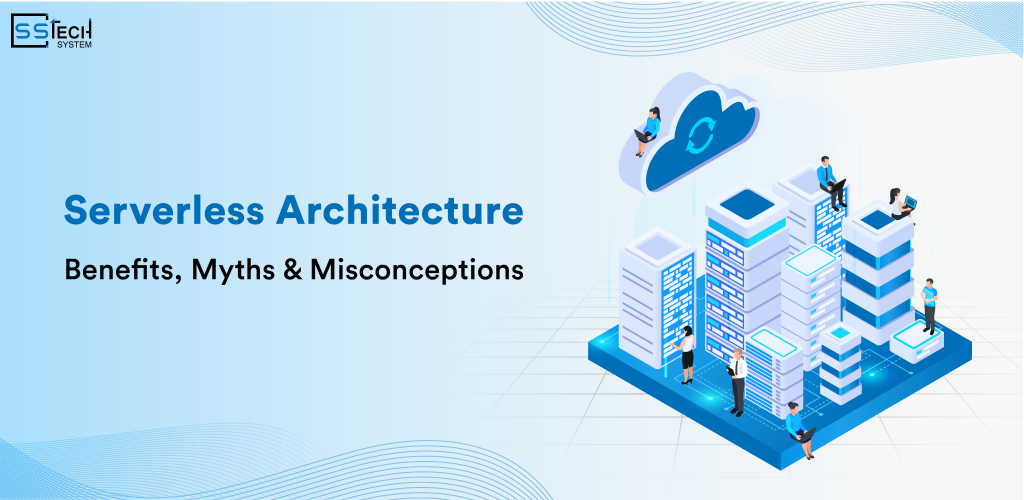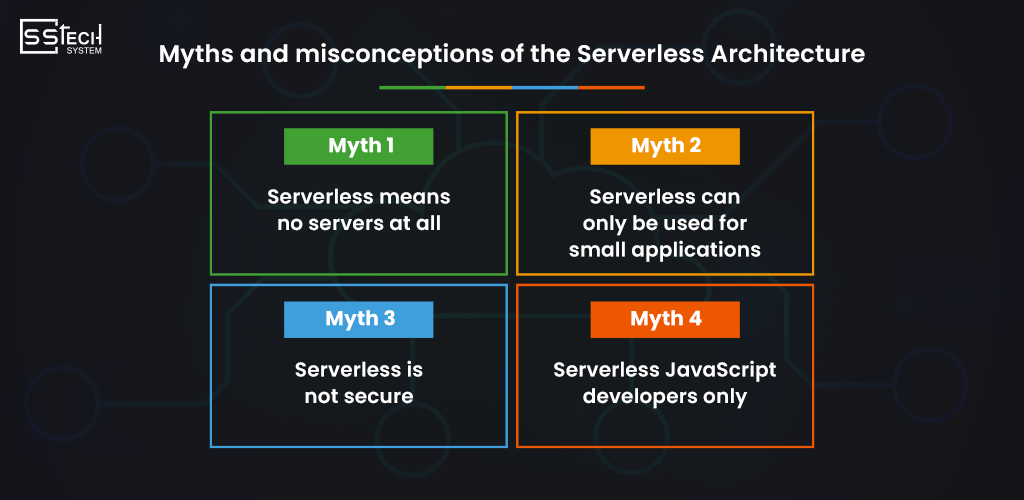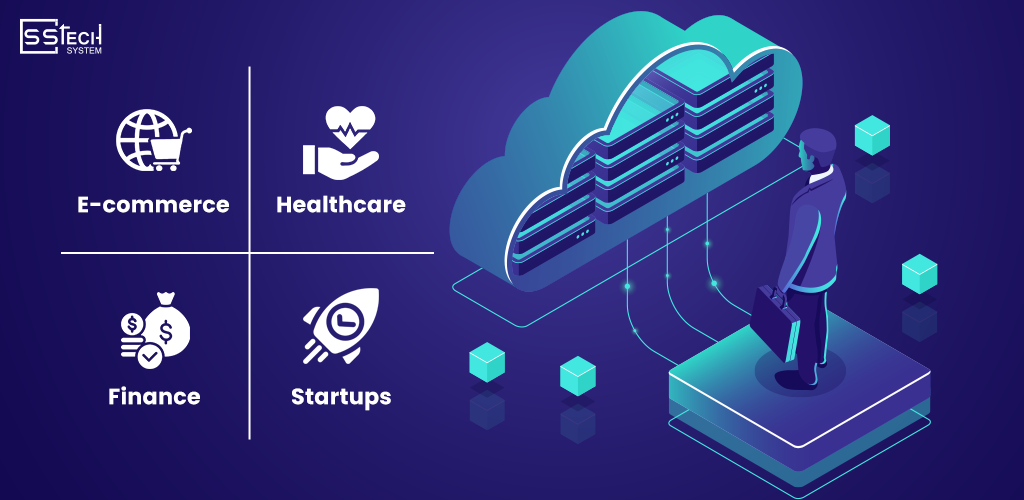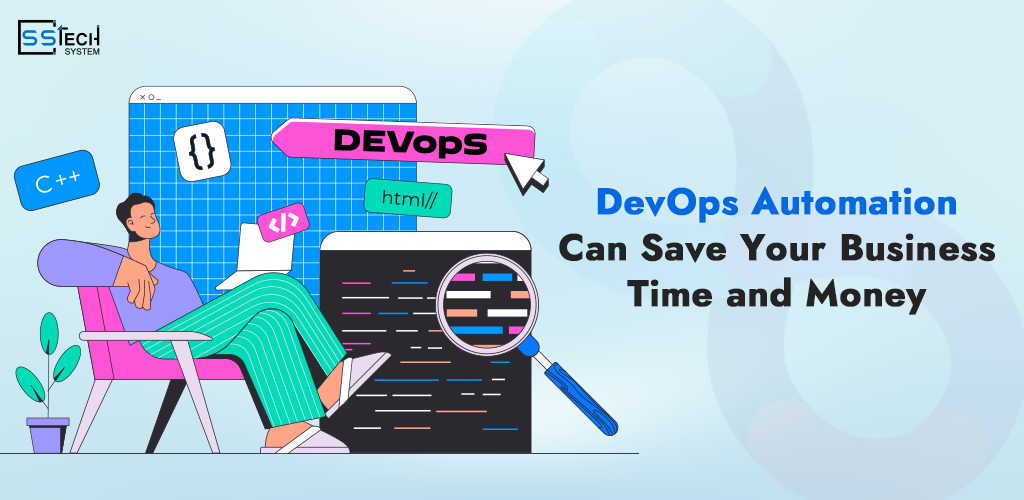
Serverless Architecture enables running and creating applications in a manner that does not require you to manage the underlying infrastructure. It does not imply that there is an absence of servers. There are still servers, however, that are controlled by the cloud providers such as Amazon Web Services (AWS), Microsoft Azure, or Google Cloud.
When developing a typical software product, software developers are required to install, configure, and manage a physical or virtual server. However, in serverless computing, all the developer is concern about is writing code. All the features associated with scaling, infrastructure, security patches, availability, and server management are automatically taken care of by the cloud provider.
In 2023, the global serverless architecture market reached a value of USD 9.42 billion, and analysts project it to grow at a CAGR of 28.2% from 2024 to 2030. That is why developers and businesses consider serverless the ideal solution for building modern applications, especially in fast-growing digital markets like the USA, Australia, and the UAE. It helps them launch quickly, stay lean, and reduce costs.
Important advantages of Serverless Architecture

1. Less operational expenditure
Cost savings are one of the significant reasons companies switch to serverless architecture. You only pay for what you consume in terms of computing time by your application. One does not need to order computing power in advance or pay up when not being used.
The popularity of such a price structure explains the location of countries like the USA, Australia, and the United Arab Emirates on the list, as startups and companies in these countries strongly focus on managing their spending without sacrificing quality at any point.
2. No server management
With serverless technology, there is no need to be concerned about provisioning, applying updates and operating system management. All that is taken care of by the cloud provider. This enables your development team to concentrate on feature development, performance tuning, and enhancing user experience.
3. Automatic scaling
When using serverless solutions, you do not manually scale your application up or down; instead, it scales automatically according to the desired demand. In the case of a million active users of your app simultaneously, the system can handle it. There is no cost incurred on idle resources in case no one is utilising them. Such dynamic scaling is extremely useful for applications in dynamic markets, such as e-commerce or mobile app development, in the USA, the UAE, or Australia.
4. Quick time to market
You can build and deploy faster because you don’t have to worry about infrastructure. The developers can release new features or entire applications within days, as opposed to weeks.
This pace guarantees a gigantic benefit for companies in the competitive market. Organizations that engage in web development, serverless backend creation, and DevOps transformation are capable of producing goods in short periods and leading the market.
5. Better developer experience
With a framework such as the Serverless Framework and using platforms like AWS Lambda, developers have the opportunity to write more efficient code with fewer overheads. Serverless promotes small and discrete functions that are simple to debug and fix. It is compatible with numerous up-to-date languages, e.g., JavaScript, Python, Java, and Go.
Myths and misconceptions of the Serverless Architecture

Despite its advantages, several myths about serverless computing persist, often confusing beginners. Let’s clear them up.
Myth 1: Serverless means no servers at all
The term “serverless” is misleading. There are no servers; they are simply abstracted. The developers will never contact the servers directly, as the cloud provider handles all.
Myth 2: Serverless can only be used for small applications
Although serverless is an ideal solution for simple applications and APIs, developers can also use it to drive large-scale solutions. They employ serverless in AI and machine learning integration, real-time messaging applications, video processing, and serverless AI application development frameworks. International companies utilize serverless solutions to support millions of users worldwide.
Myth 3: Serverless is not secure
Security in serverless environments changes, and it does not imply a worse outcome. Cloud servers such as AWS or Azure have effective security measures, however, the developers will still have to adhere to best practices such as API encryption, API validation and user inputs, and data encryption.
Myth 4: Serverless JavaScript developers only
Serverless also enjoys popularity among Node.js developers, and one reason is the effectiveness of JavaScript in event-driven systems. Nevertheless, other languages, such as Python, Go, Java, and .NET, can also be used in serverless environments. Therefore, for instance, if you are in web design services or software development services, then you should not be hampered by the language.
Best Practices of Serverless Application Development
1. Choose the Right Use Case
Not all applications are candidates to use with serverless. Illustrative versions are:
- APIs
- Image processing/video processing
- Chat-room programs (in real-time)
- Notification systems
- Mobile application back-end Backend
- Serverless solutions powered through AI
For example, consider an application developed in the UAE that sends real-time traffic alerts. With serverless, it can auto-scale to accommodate more users.
2. Use the Serverless Framework
The Serverless Framework simplifies the development process by providing templates, automating processes, and integrating with cloud platforms. Teams in the USA, Australia, and other global technology centres actively use it.
3. Monitor Your Functions
Serverless applications are event-driven and run across multiple servers; therefore, debugging and monitoring are essential. Monitor and track errors, usage, and performance utilising the built-in tools of AWS (such as CloudWatch) or third-party software.
4. Optimize Cold Starts
The cold start is a lag that occurs when a function is executed for the first time after it has been idle. Preventing cold starts depends on how lightweight you make your functions, how big you make dependencies, and how you pre-warm.
5. Keep Functions Stateless
A serverless environment has functions that are decoupled. When there is a requirement to store information, please utilize external storage, such as a database or object storage (e.g., AWS S3). This architecture makes your application compliant and robust.
Serverless in the Real World: Industry Use Cases

1. E-commerce
Australian and US retailers are utilizing serverless dynamic pricing engines to run promotions, manage millions of transactions, and optimize in-store events.
2. Healthcare
Serverless provides a safe and scalable system for collecting and processing patient data in countries where fighting the COVID-19 pandemic is expected, and healthcare technology is flourishing, such as the UAE. It also guarantees supplies for unforeseen traffic surges.
3. Finance
Serverless is the best fit when a financial application requires real-time fraud detection or account surveillance. It is fast and easily scalable, ensuring that transactions are performed rapidly and safely.
4. Startups
Cities with startups such as San Francisco, Dubai, or Sydney tend to utilize serverless technology to deploy MVPs (Minimum Viable Products) within a short timeframe. It minimizes the time and expense to market.
Real Cost of Serverless Architecture
The cost of serverless architecture is not just lower upfront — it stays low if your app is optimized. No servers to maintain, no idle charges, and no licensing costs. You are charged by request or by computer time. But when:
- Functions are made unnecessarily long.
- There are too many requests being made.
- Inefficient management of a database connection results in a low response time.
To avoid this, work with experienced teams and hire dedicated developers who understand cost optimization strategies.
Finding the best Partner in Serverless Development
The construction of high-quality serverless applications depends on a thorough understanding of cloud infrastructure and current software practices. A reputable development partner should be considered by a company operating in the USA, UAE, or Australia that is interested in improving with the help of innovation.
SSTech System provides:
- Available Node.js development
- Courageous DevOps change plans
- Serverless backend development professionalism
- State-of-the-art server monitoring tools
- Defence-level and elastic AI and machine learning integration
Their software development services meet your needs, whether you are looking for a simple web portal or a complex, artificially-intelligent driven solution.
Conclusion
Serverless architecture is not only a hype, but it is also the contemporary manner of developing fast, safe, and scalable applications that are free of infrastructure issues. Serverless is the next frontier of innovation in mobile app development and AI-driven apps.
The significance of adopting serverless technology for businesses in the USA, Australia, and the UAE is that they are now, and will continue to be, prepared for speed, agility, and resilience in the future.
In case you want to create a high-performance application, you can use the services of an efficient team. Utilize the talented developers of the SSTech System and reap the benefits of innovative serverless services that deliver practical outcomes.
FAQs:
Q: Does serverless only extent to JavaScript developers?
No. Serverless can use languages such as Python, Java, Go, and .NET. People usually use JavaScript, particularly when developing Node.js applications, although it is not obligatory.
Q: How will I set recurring jobs in a serverless environment?
Engage cloud-native scheduling services, such as AWS Event Bridge, Google Cloud Scheduler, or Azure Logic Apps to call serverless functions on regular intervals.
Q: Is it possible to execute Docker containers through a serverless environment?
Yes. On platforms such as AWS Fargate or Google Cloud Run, you can run containers in a serverless manner, gaining the flexibility of Docker and the elasticity of serverless computing simultaneously.
Q: How about databases with serverless applications?
Serverless applications typically utilize databases such as Amazon DynamoDB (NoSQL), Firebase (real-time), or Amazon Aurora Serverless (SQL). Be sure to handle connections effectively to prevent timeouts or throttling.











